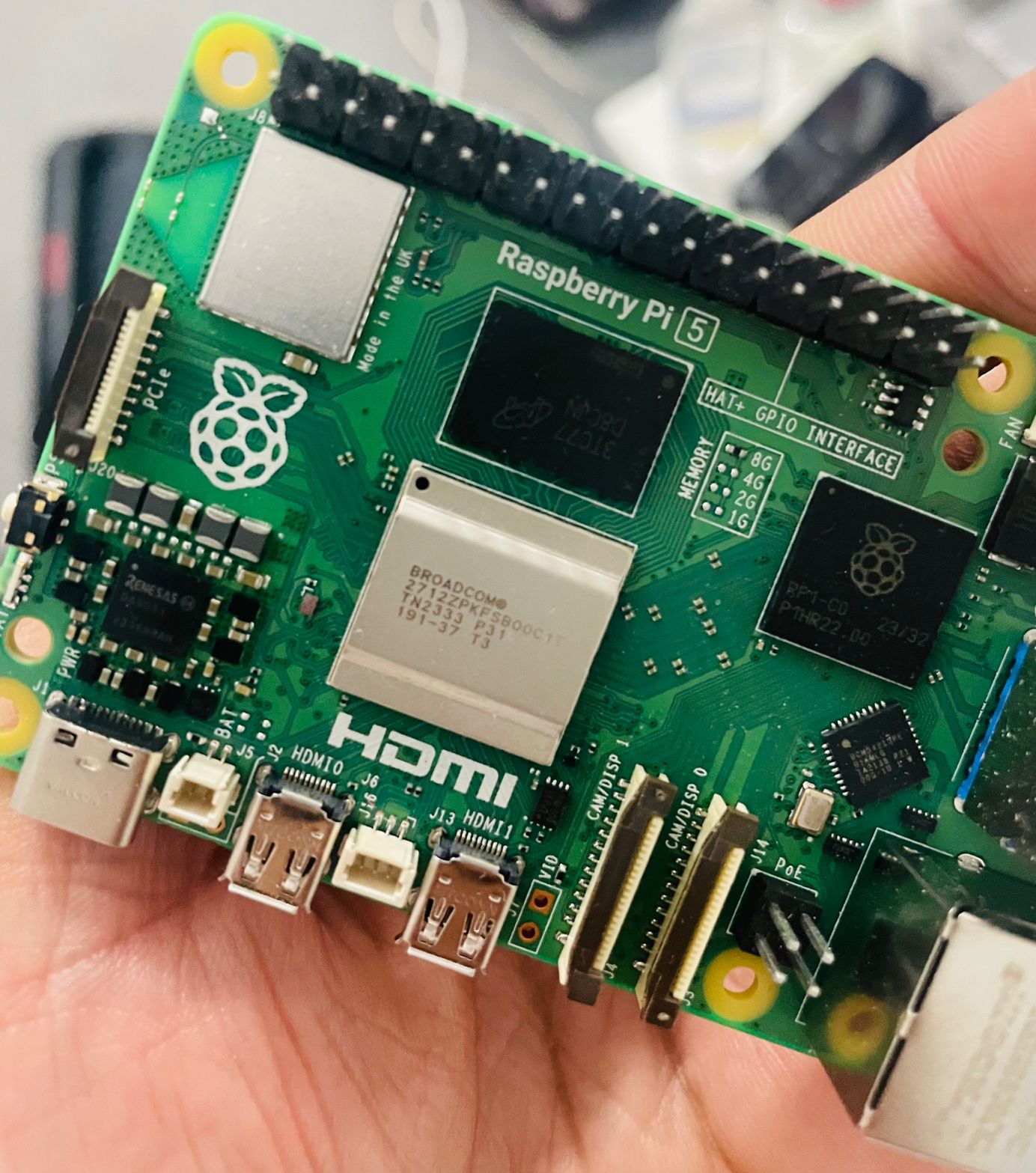Kubernetes

How to Navigate your Kubernetes Cluster using Mirantis Lens
Have you ever tried deploying a microservice application only to hit a network issue that sends you into debugging mode? After rounds and rounds of kubectl get pods, kubectl describe service, and kubectl logs, you finally find what's going on, and you go again into more commands to

Getting Started with Kratix — The Open-source Platform Engineering Framework
Let's say you're a platform engineer, and you're trying to create an S3 bucket on AWS using Terraform. Usually, you'd have to write a Terraform configuration file, apply it, and then verify that the bucket was created correctly. If the developers on

Multi-Cluster with Cilium on Civo cloud
Connecting two Kubernetes clusters can seem counterintuitive at first, as Kubernetes was designed to scale up and scale out workloads. In a previous post, we discussed multi-cluster deployments and how and why they might benefit you. In this post, we will focus on a practical implementation of a multi-cluster Kubernetes

Introduction to Multi-Cluster Deployment in Kubernetes
When starting out with Kubernetes, you've probably used a single cluster architecture. This architecture is easy to set up and allows you to enjoy the benefits of scaling and deploying your applications. If you've used this setup for a long time and on much larger projects,

Deploying Databases on DigitalOcean with Crossplane
While Kubernetes has become the go-to platform for deploying business workloads, a major challenge still lies in managing the resources and services that your applications depend on, which often live outside the Kubernetes cluster. Crossplane is a cool open-source project that extends the Kubernetes control plane to provision and manage

Choosing the Right Tool for Your Local Kubernetes Development Environment
Imagine you're trying to set up a Kubernetes cluster on your local machine to test a new feature before you deploy it to a production environment. You aim to make this local environment as close to the production environment as possible. A minimal production cluster would require at

Step-by-Step Guide: Creating a Kubernetes Cluster on Raspberry Pi 5 with K3s
I recently purchased two new Raspberry Pi 5 boards, and to test out the power of these miniature computers, I decided to explore setting up a Kubernetes cluster on them. In this article, I will guide you through the process of creating your own Kubernetes cluster on Raspberry Pi 5

Quick Installation of Minikube on an Ubuntu Server
In a production environment, a Kubernetes cluster usually consists of at least two master and multiple worker nodes. That means you'll need at least five virtual or physical machines for your production cluster. Setting up a full-scale cluster to test new features quickly or learn about new concepts


